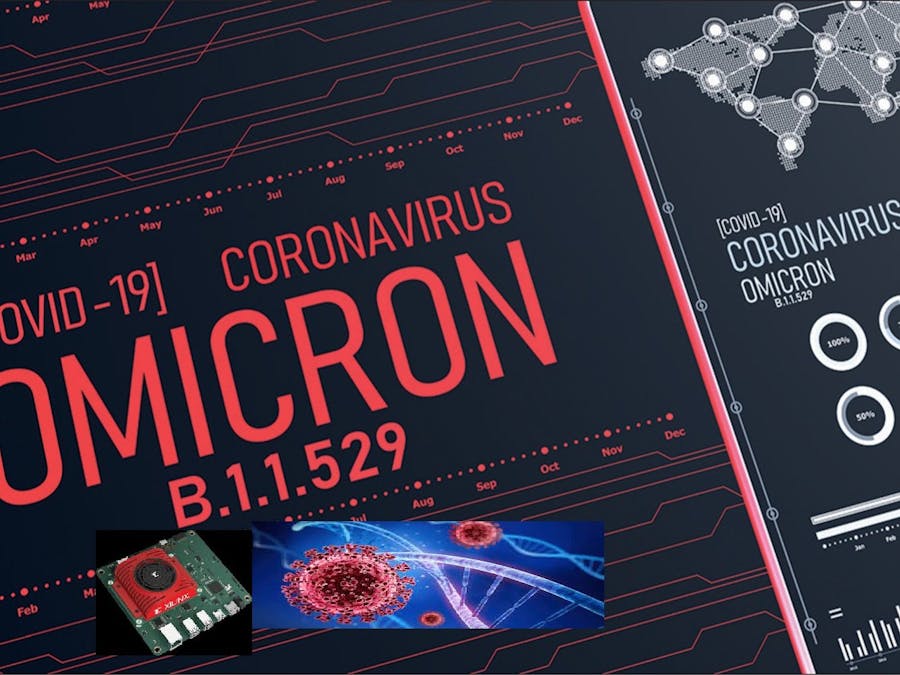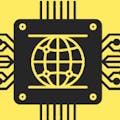Today, at the time of the pandemic, we do not have enough time to study the covid 19. So, we have to automate a few steps that would help to study prevelance of the disease. We are going to use Kria KV260 and write an algorithm to map the changes in the genome of the virus. identification of changes in the viral genome would further help impact virus characteristics, including transmissibility and antigenicityhis will help detect changes in the RNA and modify the vaccine or a way to stop the virus from mutating.The algorithm will be written to KV260, as it is designed for advanced vision application development and is a low cost board for such important The algorithm written will immediately identify the changes in the RNA of the virus during mutation. This will show the difference in RNA beween 2 strains of the virus. As Covid 19 mutates slowly due to its ability to “proofread” newly made RNA copies. This proofreading function does not exist in most other RNA viruses, including influenza. So, Coronavirus mutates at a rate approximately four times slower than the influenza virus. So far, Covid-19 does not appear to be drifting antigenically, even though it is mutating. It will be less complicated to map the mutations when compared to influenza.
Using Deep Learning as technology to detectthe variants
To start with there are three types of neural networks which have provent exceptional performance in different applicaiton areas like object recognition, speech recognition or text processing. Theese networks are the Multi Layer perceptrons ( MLP).
The MLP is a class of neural network based on the feed forward artificial neural network.Concovolutional Neural Netowrks(CNNs) and the Recurrent Neural Netoworks(RNN).These networks are composed of series of fully connected layers and address the high computing requirements of Modern deep learning architectures. While CNN's are another class of networks widely used in image processing to detects patterns or objects in images based on the learnigs on the extracted features on a given data set.Based on the application requirment one or more CNN's can work in tandem to work on different features of the images to improve the accuracy of detection.While the last clas the Recurrent neural network (RNNs) is another class that use sequential data to process ideally a time series input data like voice, speech, signals from sensors like IMU, mic's or text data. The inputs in these system incldue the current input and a function of the previous input samples. Each nuron has a state memory which hold the information of the previous samples.This techniques is widely used for Natural language processing due to the processing efficiency over CNN's.
Long-Short Term Memory (LSTM) is a type of recurrent neural network (sub-branch of deep learning) which is capable of learning order dependence in sequence prediction problems. The main components of an LSTM network are sequence input layer and an LSTM layer. A sequence input layer provides text as an input into the LSTM network. An LSTM layer learns long-term association between steps of sequence data. Elaborately speaking, an LSTM network acquires a context vector from previous time step and an input vector from the given data. This is used to calculate the next context and gate vectors to control memory cell state vector. With an input data at time t and a context vector h, a raw cell vector and input vectors for each gate are created by one hidden layer. At the input gate, the cell vector is then multiplied by the input vector. The cell input is added to given previous cell vector weighted by the forget vector. Then the resultant vector is controlled by the output vector. The update of the cell is controlled by the control gate. LSTM is mainly trained using Back-propagation Through Time and mitigates the vanishing gradient problem that is quite rampant in RNN. In LSTM, the memory cells and the gates can store time and thus can eliminate old observations overcoming vanishing gradient problem.













Comments